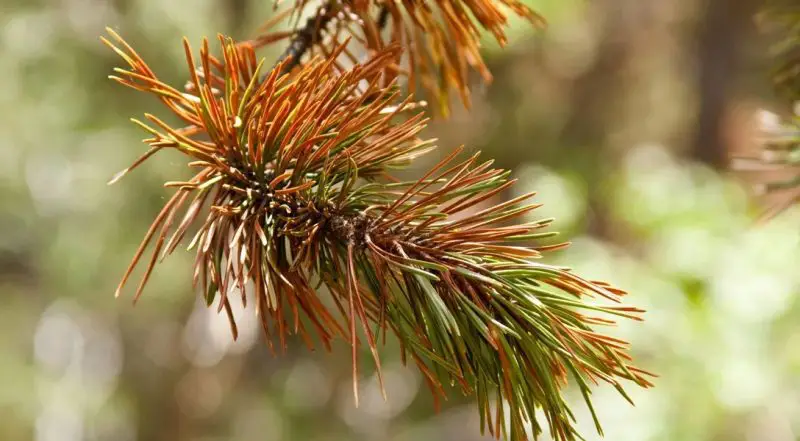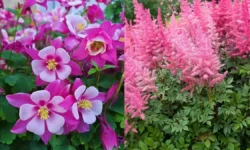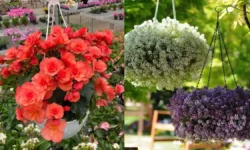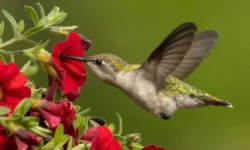Evergreens are prized for their year-round beauty, providing lush greenery even in the coldest months. Whether you have towering pines, ornamental spruces, or compact junipers, these resilient trees add structure and elegance to any landscape. However, even the hardiest evergreens can fall victim to diseases, pests, and environmental stress, leaving their needles yellowed, branches dying, or growth stunted.
If your evergreens appear sick or stressed, early detection and proper treatment are crucial. In this comprehensive guide, you will learn how to spot signs of common evergreen problems, treat them effectively, and take preventive steps to keep your trees healthy for years to come.
Table of Contents
Understanding Evergreen Health

Evergreens, as their name suggests, maintain foliage throughout the year. They shed old needles periodically, but unlike deciduous trees, they do not lose all their leaves at once. Because of this unique growth habit, any discoloration or premature needle drop can indicate an underlying problem.
Healthy evergreens should have vibrant green or bluish-green foliage, flexible branches, and strong new growth. When health declines, the symptoms often begin subtly—such as fading color or minor needle loss—before progressing to widespread damage. Recognizing these early warning signs is the key to saving your trees before the problem becomes severe.
Spotting Common Evergreen Problems
Recognizing Needle Discoloration
The most visible sign of a sick evergreen is needle discoloration. Healthy needles should be rich green, but stress or disease can turn them yellow, brown, or even reddish. For instance, nutrient deficiencies often cause yellowing, while fungal infections typically lead to browning or black spotting. If only the inner needles are dropping and new growth remains green, the tree may simply be undergoing natural needle shedding. However, widespread discoloration across multiple branches signals a more serious issue.
Identifying Unusual Needle Drop
Evergreens naturally shed old needles every few years, but excessive or sudden needle drop indicates stress. Drought, root damage, or pest infestations often trigger premature needle loss. If large patches of branches become bare, the tree is likely suffering from environmental or biological stressors that need immediate attention.
Checking for Branch Dieback
Branch dieback, where entire sections of a tree turn brown or lose needles, is another symptom of a serious problem. This can be caused by fungal infections, poor soil drainage, or damage to the root system. Sometimes only the tips of branches are affected, which may indicate winter burn or salt damage in colder climates.
Examining Bark and Trunk Damage
Bark lesions, cracks, or oozing sap can be signs of fungal infections, cankers, or insect activity. Peeling or sunken bark often accompanies internal wood rot. Checking the trunk and major branches for abnormalities helps pinpoint the root cause of declining health.
Treating Sick Evergreens
Addressing Watering and Soil Issues
Many evergreen problems stem from improper watering. Drought-stressed trees have brittle, brown needles, while overwatered trees suffer from root rot. The soil should be moist but well-draining. If the soil is compacted, aeration or adding organic matter can improve drainage and root health. In times of drought, deep watering once a week encourages roots to grow deeper and withstand stress better.
Fertilizing to Correct Nutrient Deficiencies
Evergreens require specific nutrients to maintain healthy growth. A lack of nitrogen causes yellowing, while iron deficiency often results in chlorosis, where needles turn pale but veins remain green. Using a slow-release, evergreen-specific fertilizer in early spring or late fall can restore nutrient balance. Soil testing before fertilizing is recommended to determine which nutrients are lacking.
Controlling Fungal Diseases
Fungal infections such as needle cast, root rot, and cankers are common in evergreens. Needle cast fungi cause browning and premature needle drop, while root rot can kill entire sections of the tree. Pruning infected branches and improving air circulation help slow the spread. Fungicidal treatments may be necessary for severe infections, but they are most effective when applied early in the disease cycle.
Managing Pest Infestations
Aphids, spider mites, and bark beetles can severely damage evergreens by sucking sap or boring into the wood. Infested trees may have sticky residue, webbing, or small holes in the bark. Strong water sprays can remove soft-bodied pests like aphids, while horticultural oils and insecticidal soaps work for mites. For severe bark beetle infestations, professional treatment may be required, as these insects can quickly kill weakened trees.
Pruning to Improve Airflow and Health
Proper pruning removes dead or diseased branches, improving air circulation and reducing fungal problems. Pruning also encourages new, healthy growth. The best time to prune most evergreens is late winter or early spring before new growth begins. Cutting too late in the season may stress the tree further, especially if it is already sick.
Preventing Evergreen Problems
Providing Proper Water and Mulching
Consistent watering, especially during dry periods, is essential for evergreen health. Applying a layer of mulch around the base of the tree helps retain soil moisture, regulate temperature, and prevent weeds. However, mulch should never touch the trunk directly, as this can encourage rot and pest infestations.
Choosing the Right Planting Location
Planting evergreens in the wrong location can lead to chronic stress. These trees need well-drained soil and sufficient sunlight, though some species tolerate partial shade. Avoid planting too close to structures or other trees, as overcrowding can reduce airflow and increase disease risk.
Monitoring for Early Signs of Trouble
Regular inspection is the best preventive measure. Checking your evergreens weekly for discoloration, needle drop, or pest activity allows you to address problems early. Catching issues at the first signs of stress can mean the difference between saving and losing a tree.
Seasonal Care for Long-Term Health
Evergreens benefit from seasonal care adjustments. In winter, protect them from harsh winds and road salt, which can cause winter burn and dehydration. In spring, fertilize lightly and prune damaged branches to encourage new growth. Summer care involves regular watering during dry spells, while fall is the time to prepare trees for cold weather by deep watering and adding mulch.
When to Call a Professional
While many evergreen problems can be managed with proper care, severe infestations, extensive root rot, or large-scale dieback require professional help. Arborists can accurately diagnose complex issues and apply specialized treatments such as systemic fungicides or pest control measures. Consulting an expert early can save valuable landscape trees and prevent further damage.
Reviving a Sick Evergreen
Reviving a sick evergreen takes time, patience, and consistent care. After identifying and addressing the primary issue, the tree will gradually recover. You may not see immediate results, as evergreens grow slowly, but new healthy needles appearing in the following season is a good sign of recovery. Avoid drastic interventions such as heavy pruning or overfertilizing, as these can stress the tree further.
Frequently Asked Questions
What are the most common problems with evergreens?
The most common issues include needle discoloration, premature needle drop, fungal infections, and pest infestations. Environmental stress such as drought or poor soil drainage also contributes to declining health.
How can I tell if my evergreen is dying?
A dying evergreen often has widespread browning, excessive needle drop, and dead branches. Peeling bark or visible pest damage can also indicate severe decline.
Can a sick evergreen be saved?
Yes, if detected early. Correcting watering, improving soil conditions, fertilizing properly, and pruning infected branches can help the tree recover.
How often should evergreens be watered?
Evergreens need deep watering about once a week during dry periods. The soil should stay moist but not soggy to avoid root rot.
When should I fertilize my evergreen trees?
The best time to fertilize evergreens is in early spring or late fall. Use a slow-release fertilizer formulated for evergreen species to encourage steady, healthy growth.
Final Thoughts
Evergreens are remarkably resilient, but they are not immune to stress, pests, and disease. Learning to spot early warning signs, treating problems promptly, and maintaining proper care routines are essential for keeping them healthy and vibrant. By providing the right conditions and staying attentive to their needs, you can enjoy the beauty of your evergreens for decades to come.






